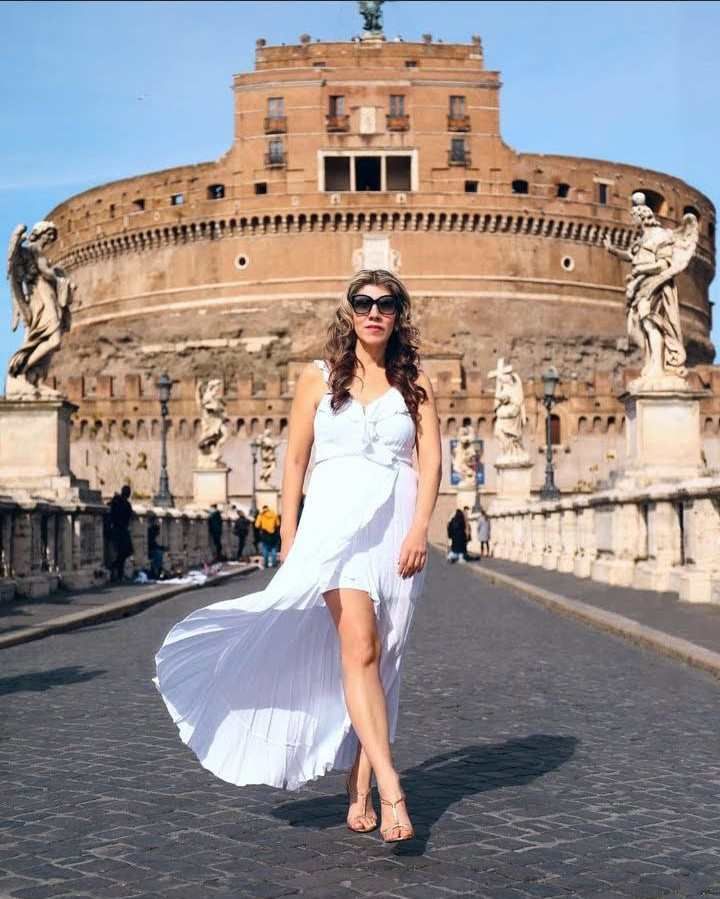
Tutte le strade, o tour, portano a Roma e quando si visita la città di Caput Mundi, una tappa obbligatoria è Castel Sant'Angelo.
Storia romana del Mausoleo di Adriano
Una vecchia storia
Castel Sant'Angelo dall'Unità d'Italia
Musei e visite guidate
Graphic design
Il famoso "Passetto".
La storia del nome
Informazioni utili per visitare Castel Sant'Angelo
All roads, or tours, lead to Rome, and when visiting the city of Caput Mundi, an obligatory stop is Castel Sant'Angelo.
Roman history of Hadrian's Mausoleum.
An old history
Castel Sant'Angelo since the Unification of Italy
Museums and guided tours
Graphic design
The famous "Passetto".
The history of the name
Useful information for visiting Castel Sant'Angelo

Dove trovare Castel Sant'Angelo, una tappa obbligata nel cuore di Roma Questo bellissimo edificio nel Parco Adriano fu donato dall'imperatore romano Adriano come sua sala da pranzo personale e dai suoi parenti. Il Papa utilizzò l'edificio come fortezza, castello, prigione e oggi è un museo. Storicamente la struttura rappresentava l'edificio più alto di Roma. Preparati a scoprire la Capitale in un modo unico grazie ai nostri tour. La storia romana di questo luogo si gioca tra il 134 e il 139 d.C.: è questa la data in cui venne costruita sulla riva destra del Tevere la tomba dell'imperatore Adriano. Tuttavia, le sue ceneri furono conservate qui un anno dopo la sua morte, avvenuta nel 138. Furono sepolti la moglie Sabina e il primo figlio adottivo, Lucio Elio. Le spoglie degli imperatori furono conservate anche successivamente: secondo i documenti rinvenuti, l'ultima menzione risale a Caracalla nel 217. È probabile che la polvere sia stata depositata nel Tesoro.
Where to find Castel Sant'Angelo, a must-see in the heart of Rome This beautiful building in Hadrian's Park was donated by the Roman emperor Hadrian as his personal dining hall and by his relatives. The Pope used the building as a fortress, castle, prison and today it is a museum. Historically, the structure represented the tallest building in Rome. Get ready to discover the Capital in a unique way with our tours. The Roman history of this place is played out between 134 and 139 AD: this is the date when the tomb of Emperor Hadrian was built on the right bank of the Tiber. However, his ashes were kept here a year after his death in 138. His wife Sabina and first adopted son, Lucius Aelius, were buried. The emperors' remains were also preserved later: according to documents found, the last mention was of Caracalla in 217. It is likely that the dust was deposited in the Treasury.

Storia Gran parte delle decorazioni della tomba andarono perdute quando l'edificio fu trasformato in caserma nel 401 e inglobato nelle Mura Aureliane. Il Papa trasformò l'edificio in un palazzo nel 1400. Anche lo Stato Pontificio utilizzò Sant'Angelo come prigione: ad esempio, Giordano Bruno vi fu imprigionato per sei anni. Altri prigionieri furono il pittore Benvenuto Cellini e il mago Cagliostro. Sono stati uccisi nel cortile interno. A destra della Loggia Paolo III si trovano ancora 11 stanze adibite ai prigionieri politici. In origine si trattava di stanze costruite per i membri della famiglia di Papa Gregorio XVI. Dall'Unità d'Italia Castel Sant'Angelo è stato utilizzato prima come giardino e poi come museo d'arte.
History Much of the tomb's decoration was lost when the building was converted into barracks in 401 and incorporated into the Aurelian Walls. The Pope converted the building into a palace in 1400. The Papal States also used Sant'Angelo as a prison: for example, Giordano Bruno was imprisoned there for six years. Other prisoners were the painter Benvenuto Cellini and the magician Cagliostro. They were killed in the inner courtyard. To the right of the Paul III Loggia are still 11 rooms used for political prisoners. These were originally rooms built for members of Pope Gregory XVI's family. Since the Unification of Italy Castel Sant'Angelo has been used first as a garden and then as an art museum.
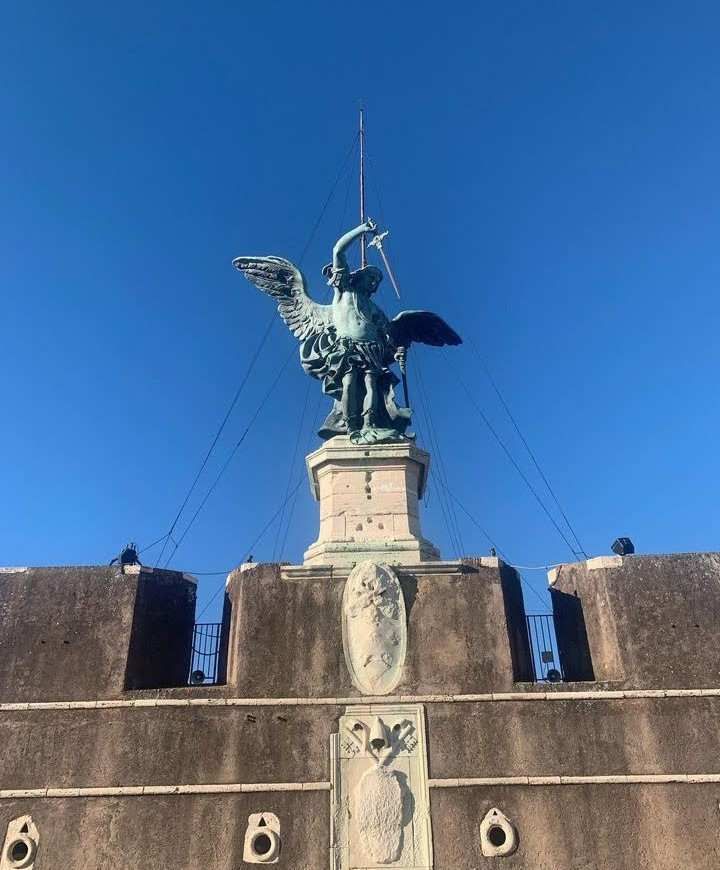
Per questo motivo il Genio del Regio Esercito lo restaurò, sotto la guida del colonnello Luigi Durand de la Penne. L'edificio divenne sede del nuovo Museo dell'Ingegneria Militare, che fu fondato il 13 febbraio 1906: nel 1911 il museo si trasferì nella "caserma" dell'Ottavo Urbano, per trasferirsi in altro luogo nel 1939. Restauri nel 1933 riabilitato . Il fossato e i bastioni trasformarono poi l'area compresa tra il muro quadrato e la struttura pentagonale in un cortile, eliminando al contempo il cortile di Urbano VIII. Musei e percorsi turistici Lo sviluppo dell'edificio definisce tre tipologie edilizie che sono raccolte in un unico monumento, visibile e visibile al livello 7. I primi 3 presentano un mausoleo, al quale si accede dal dromos, dall'atrio e dal rampa a spirale in bagno. Al livello 4, invece, il giardino degli angeli, la cappella di Leone X, il giardino con il pozzo e la camera di Alessandro VI, e la cucina di Clemente VII.
For this reason, the Royal Army Corps of Engineers restored it, under the leadership of Colonel Louis Durand de la Penne. The building became the site of the new Military Engineering Museum, which was founded on February 13, 1906: in 1911 the museum moved to the "barracks" of the Eighth Urban, moving to another location in 1939. Restoration in 1933 rehabilitated . The moat and ramparts then transformed the area between the square wall and the pentagonal structure into a courtyard, at the same time eliminating the Urban VIII courtyard. Museums and tourist routes The development of the building defines three building types that are gathered into a single monument, which can be seen and viewed on level 7. The first 3 feature a mausoleum, which is accessed from the dromos, atrium and spiral ramp in the bath. Level 4, on the other hand, features the garden of angels, the chapel of Leo X, the garden with the well and chamber of Alexander VI, and the kitchen of Clement VII.
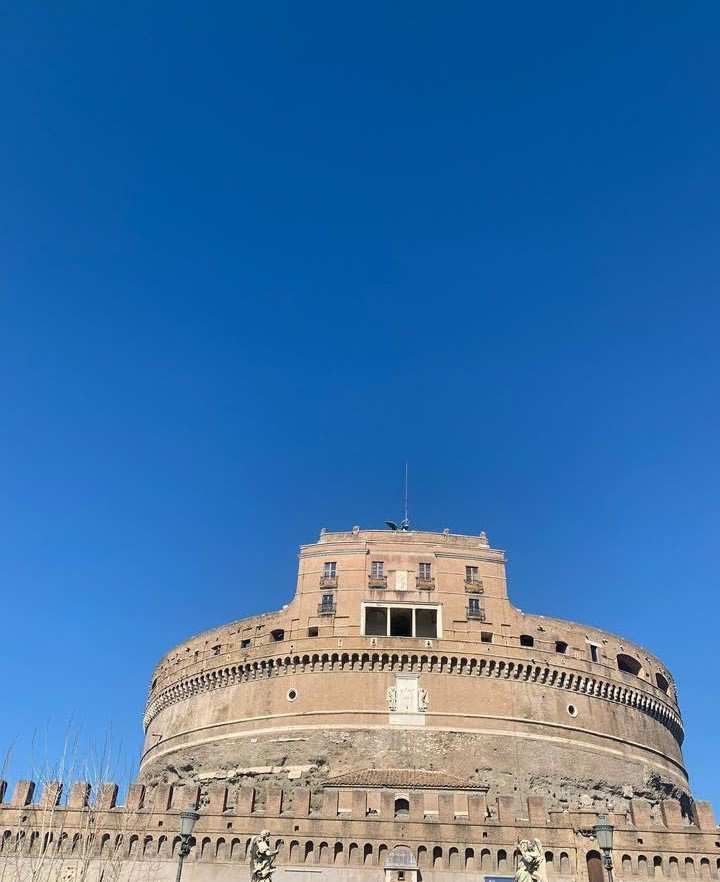
Al livello 5 si trovano le sale rinascimentali più belle e meglio conservate. Sul balcone di Giulio II che si affaccia sul ponte e sulla città, alla fine del XVIII secolo furono costruiti la casa del castellano e due edifici oggi adibiti ad uffici. Al livello 7 un locale veniva utilizzato, a partire dal XVII secolo, per ospitare un magazzino non più disponibile nei locali attigui. Opere d'arte Tanti i dipinti che potrete ammirare durante la vostra visita, a partire dalla Sala Paolina dove compaiono gli affreschi di Perino del Vaga. Nella volta sono rappresentati episodi della vita di Alessandro Magno e sulle pareti vicende di San Paolo. Chiudono il cerchio le figure di San Michele e Adriano, divinità del castello. Da notare anche gli affreschi che decorano il palazzo di Paolo III. Il simbolo del monumento è San Michele Arcangelo, voluto da Benedetto XIV e restaurato negli anni '80.
Level 5 contains the most beautiful and best-preserved Renaissance rooms. On the Julius II balcony overlooking the bridge and the city, the castellan's house and two buildings now used as offices were built in the late 18th century. On level 7 a room was used, starting in the 17th century, to house a warehouse no longer available in the adjoining rooms. Works of art Many paintings you can admire during your visit, starting with the Sala Paolina where frescoes by Perino del Vaga appear. In the vault are depicted episodes from the life of Alexander the Great and on the walls events of St. Paul. The figures of St. Michael and Hadrian, deities of the castle, close the circle. Also of note are the frescoes decorating the palace of Paul III. The symbol of the monument is St. Michael the Archangel, commissioned by Benedict XIV and restored in the 1980s.
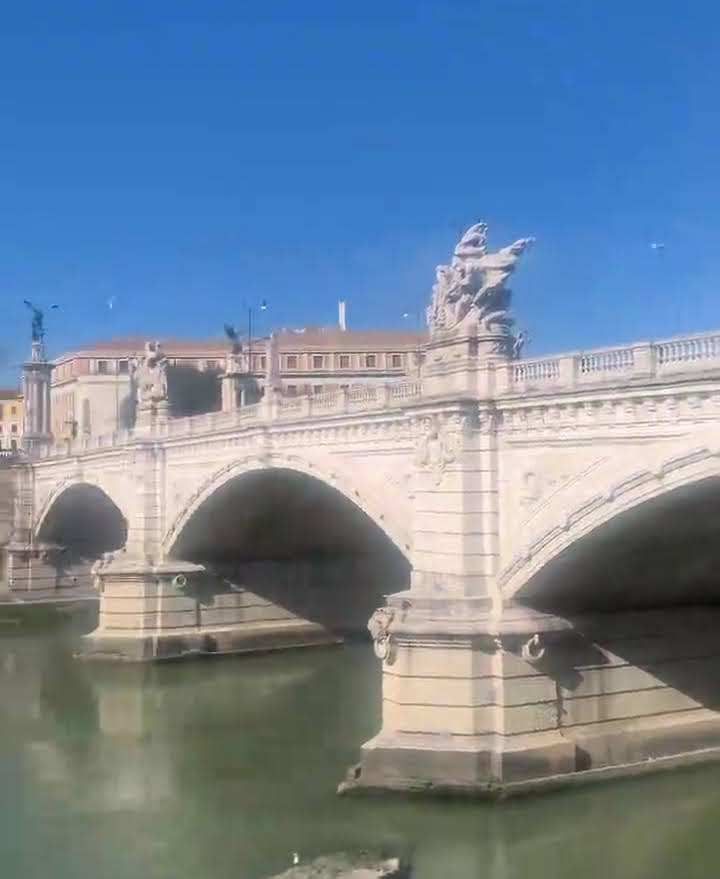
Il famoso "Passetto" In alcuni periodi dell'anno è possibile visitare il famoso "Passetto". Si tratta di una solida strada che attraversa le mura vaticane e collega gli edifici a Castel Sant'Angelo. Questo passaggio, lungo 800 metri, dava la possibilità al capo della Chiesa di rifugiarsi nel castello in caso di necessità, a volte in una situazione pericolosa per la Chiesa e per Roma. Papa Alessandro VI Borgia utilizzò Castel Sant'Angelo come rifugio a Roma nel 1494, durante l'invasione di Carlo VIII. Nel 1527 papa Clemente VII utilizzò la sinagoga per fuggire da Roma. La storia del nome Si tratta di una solida strada che attraversa le mura vaticane e collega gli edifici a Castel Sant'Angelo. Questa strada, lunga 800 metri, dava la possibilità al capo della Chiesa di rifugiarsi nel castello in caso di necessità, a volte in una situazione pericolosa per la Chiesa e per Roma. Papa Alessandro VI Borgia utilizzò Castel Sant'Angelo come rifugio a Roma nel 1494, durante l'invasione di Carlo VIII. Nel 1527 papa Clemente VII utilizzò la sinagoga per fuggire da Roma.
The famous "Passetto" At certain times of the year it is possible to visit the famous "Passetto." This is a solid road that crosses the Vatican walls and connects the buildings to Castel Sant'Angelo. This 800-meter-long passageway gave the head of the Church the opportunity to take refuge in the castle in case of need, sometimes in a dangerous situation for the Church and Rome. Pope Alexander VI Borgia used Castel Sant'Angelo as a refuge in Rome in 1494, during the invasion of Charles VIII. In 1527 Pope Clement VII used the synagogue to flee Rome. History of the name This is a solid road that runs through the Vatican walls and connects the buildings to Castel Sant'Angelo. This road, 800 meters long, gave the head of the Church the opportunity to take refuge in the castle in case of need, sometimes in a dangerous situation for the Church and Rome. Pope Alexander VI Borgia used Castel Sant'Angelo as a refuge in Rome in 1494, during the invasion of Charles VIII. In 1527 Pope Clement VII used the synagogue to flee Rome.

Storia del 403, l'imperatore Onorio inserisce un complesso nelle mura di Roma, trasformandolo in una fortezza: viene chiamato “castellum”. Nel 590 comparve anche il nome castellum sancti Angeli, in ricordo della visione avuta da papa Gregorio Magno dell'arcangelo Michele che affilava la spada durante un rito per sfuggire alla peste che devastava Roma. Nel 974 la rocca passò a Crescenzio, che la fortificò: venne ribattezzata "Castrum Crescentii". Questo nome durò fino alla seconda metà del XIV secolo, quando diede il nome attuale.
History in 403, Emperor Honorius inserted a complex into the walls of Rome, turning it into a fortress: it was called "castellum." In 590 the name castellum sancti Angeli also appeared, in memory of the vision Pope Gregory the Great had of the archangel Michael sharpening his sword during a rite to escape the plague that ravaged Rome. In 974 the fortress passed to Crescentius, who fortified it: it was renamed "Castrum Crescentii." This name lasted until the second half of the 14th century, when it gave its present name.
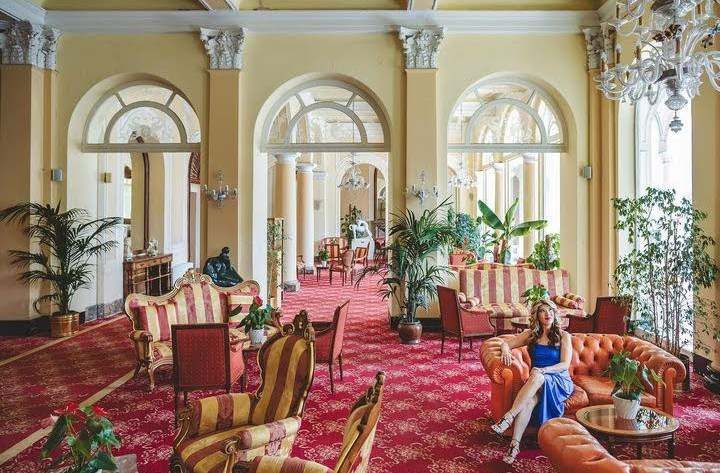
Informazioni utili per visitare Castel Sant'Angelo possono essere facilmente ottenute acquistando i biglietti online o chiedendo ad una guida privata. È possibile abbinare la visita ad altri monumenti o luoghi iconici, come il Pantheon, Campo de' Fiori o Piazza San Pietro. Il complesso si sviluppa su cinque piani, a cui si accede attraverso un anello circolare che conduce alla camera delle ceneri e alla stanza dove furono imprigionati i personaggi storici. Al piano superiore è possibile visitare alcune stanze che fungevano da residenze papali e sono decorate con affreschi rinascimentali ben conservati.
Useful information about visiting Castel Sant'Angelo can be easily obtained by purchasing tickets online or asking a private guide. It is possible to combine the visit with other iconic monuments or sites, such as the Pantheon, Campo de' Fiori or St. Peter's Square. The complex has five floors, accessed through a circular ring that leads to the ashes chamber and the room where historical figures were imprisoned. On the upper floor it is possible to visit some rooms that served as papal residences and are decorated with well-preserved Renaissance frescoes.
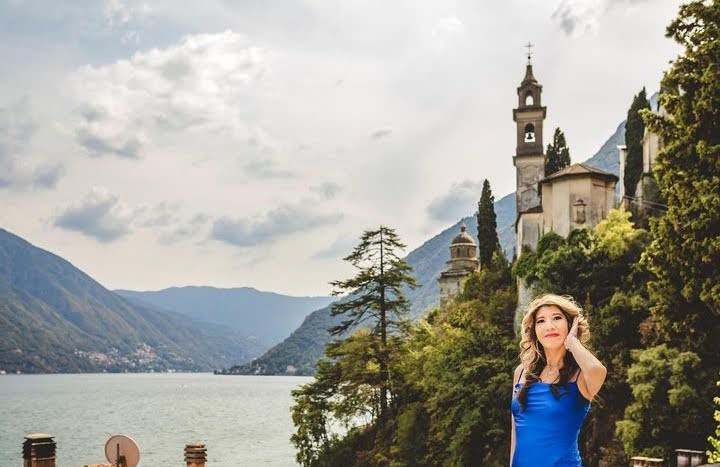
Le bellezze di Roma che abbiamo pensato per te ti delizieranno: con un treno riservato ti porteremo direttamente a Saint-Pierre. Potrai visitare i monumenti della capitale come la Piramide Cestia, le Terme di Caracalla e il quartiere di Trastevere. E non solo perché puoi goderti la vista migliore sul colle del Gianicolo. Merita una sosta anche San Giovanni in Laterano. Una tappa importante saranno i Musei Vaticani. Vuoi aggiungere un po' di sapore? Niente paura, fermatevi in trattoria per cacio e pepe, carbonara, coda alla vaccinara e cicoria. Sei curioso di qualcos'altro? Scopri cosa vedere a Roma. Parti per una crociera nel Mediterraneo
Ci sono città che ti resteranno dentro e ti faranno fare un tuffo nel passato, ma anche parti di natura che non hanno bisogno di spiegazioni, ma solo di compassione. Il Mediterraneo sarà un percorso meraviglioso e in continua evoluzione. Non perderti nessuno dei suoi tesori.
The sights of Rome we have designed for you will delight you: with a reserved train we will take you directly to Saint-Pierre. You can visit the capital's monuments such as the Pyramid Cestia, the Baths of Caracalla and the Trastevere district. And not only because you can enjoy the best view of the Janiculum Hill. San Giovanni in Laterano is also worth a stop. An important stop will be the Vatican Museums. Want to add a little flavor? No worries, stop at a trattoria for cacio e pepe, carbonara, coda alla vaccinara and chicory. Curious about something else? Find out what to see in Rome. Embark on a Mediterranean cruise.
There are cities that will stay with you and make you dive into the past, but also parts of nature that need no explanation, only compassion. The Mediterranean will be a wonderful and ever-changing journey. Don't miss any of its treasures.
Hi @chanelgal26, great news! Your content was selected by curators @nalexadre, @ten-years-before to receive a special curation from BeBlurt 🎉 Don't hesitate to upvote this comment as the curators will receive 80% of the rewards for their involvement.
You can support us by voting for our witness, our decentralized funding proposal, or through delegation. You're also welcome to join our Discord server 👉 https://discord.beblurt.com
ohh cool thankyou
Telegram and Whatsapp
thank you